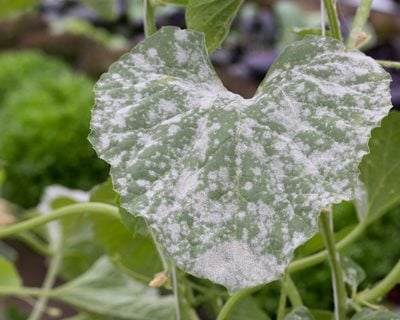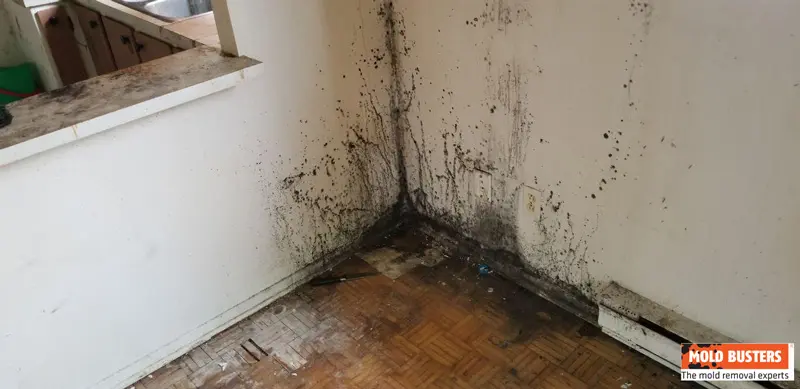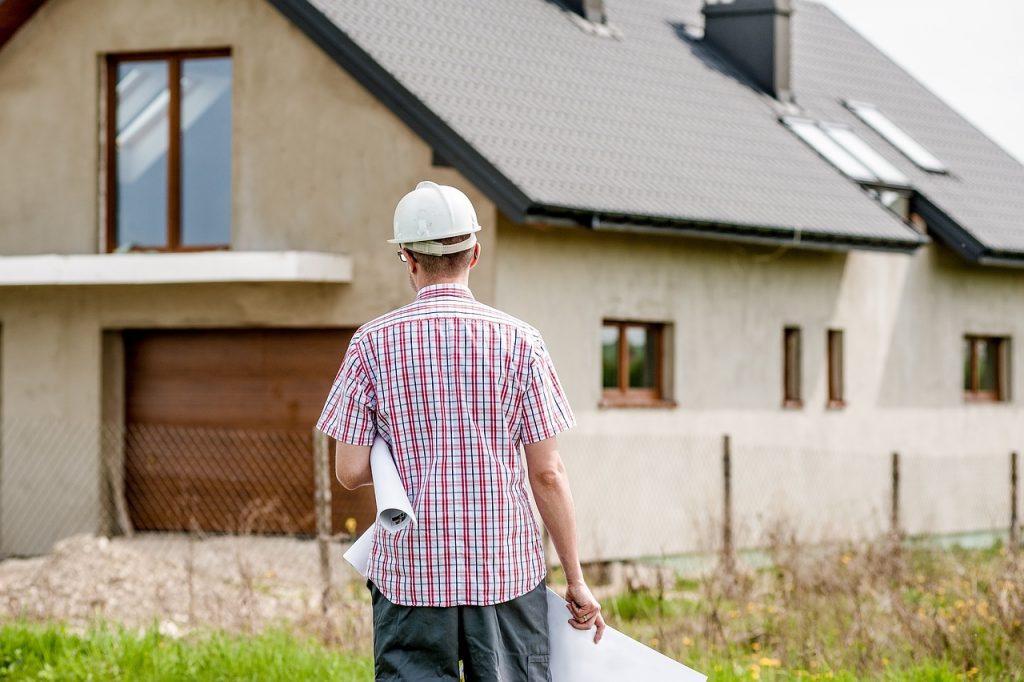A Complete Guide to Identifying Mold and Mildew in Your Home
Mold and mildew are unsightly beings growing in our homes. They come quietly and slowly spread into every crevice they can reach. Naturally, Identifying mold and mildew in your home should be your first priority.
If left unaddressed, mold and mildew growth in your home can cause serious health issues and expensive property damage. That’s why it’s important to know how to identify and address these common household issues.
This complete guide will walk you through the process of identifying mold and mildew in your home and understanding the differences between the two. We will also examine how to treat the affected area.
So are you ready to go on this journey into the world of mold and mildew? Not really? I get it, but let’s go anyway?
Cool.
Identifying mold vs mildew by appearance
There are some key differences in mold and mildew’s appearances.
Mildew often appears as a flat, powdery growth. It is usually gray or white.

Mold tends to have a fuzzy or slimy texture and can appear in a variety of colors, including black, green, and white.

Location
Mold and mildew require moisture to grow, making areas with high humidity or water exposure more prone to growth.
In bathrooms, for example, mold and mildew can grow on shower walls and curtains, bath mats, and under sinks where there may be leaks or excess moisture. Mold and mildew can grow on damp dish towels, sponges, and in the refrigerator where there may be moisture buildup. This makes it notorious for being found in the kitchen!
Another frequently visited location is the basement where it can grow on walls and floors where water may seep in from outside or from pipes. Poor ventilation in basements can also contribute to moisture buildup, making it an ideal environment for mold and mildew to grow.
So mold and mildew can basically grow anywhere and everywhere. This can include walls and ceilings in rooms with poor ventilation, fabrics like clothes or bedding that are not properly dried, and even food that is not stored correctly. Its very important to discard and sanitize the area properly when it is found.
Overall, areas with high humidity or water exposure are more likely to experience mold and mildew growth. It’s important to identify these areas and take steps to reduce moisture levels in order to prevent mold and mildew growth.
Smell
Mold and mildew both produce musty odors, but the scent of mold is often stronger and more pungent. But what causes this fungus to smell?
The musty odor produced by mold and mildew is caused by the release of microbial volatile organic compounds (mVOCs). These compounds are produced as a byproduct of microbial metabolism, and the specific composition of the mVOCs can vary depending on the species of mold or mildew.
In terms of the actual smell, it’s often described as earthy, damp, or stale. Some people also describe it as similar to the smell of rotting wood or wet socks.
It always helps when investigating a potential mold or mildew issue to note the strength and persistence of the odor. Subsequently, if the smell is particularly strong and doesn’t dissipate quickly it could be a sign of a more significant mold or mildew problem.
It’s worth noting that not all molds produce a strong odor, and some may even be odorless.
Similarly, mildew can also produce a musty odor, but it’s typically not as strong as the odor produced by mold. If you’re unsure whether a smell in your home is related to mold or mildew, it’s best to consult with a professional to get an accurate diagnosis.
It’s important to take a persistent musty odor in your home seriously and investigate it promptly. Left unchecked, mold and mildew growth can pose health risks and cause damage to your home.
Health Effects
Exposure to mold and mildew can also lead to more severe respiratory issues, including bronchitis and pneumonia. Additionally, people with weakened immune systems, such as infants, young children, and the elderly, may be more susceptible to the health effects of mold and mildew exposure.
Furthermore, prolonged exposure to mold and mildew can cause long-term health effects, such as chronic respiratory problems and neurological issues. As such, it’s crucial to address any mold or mildew growth in your home promptly.
If you experience symptoms of mold and mildew exposure, such as coughing, wheezing, and skin irritation, it’s important to consult with a healthcare professional. In some cases, treatment may be necessary to alleviate symptoms and prevent further health complications.
Species of mold and mildew
There are many different species of mold and mildew, each with its own unique growth patterns and characteristics. Some species of mold can be particularly dangerous to humans and pets, so it’s important to identify the type of mold or mildew present in your home.
Some common species of mold that can be found in homes include Aspergillus, Penicillium, Cladosporium, and Stachybotrys.
Aspergillus and Penicillium
- typically found in bathrooms and kitchens.
- Can be found underneath flooring
- these species can cause respiratory issues in individuals with weakened immune systems.
Cladosporium
- often found on porous surfaces, such as wood and fabric
- can cause skin irritation and respiratory problems
Stachybotrys
- also known as black mold
- can be particularly dangerous
- can cause severe respiratory problems
- Scientists and doctors say it’s the worst kind of mold
- known to cause neurological issues and in some cases it may cause death.
It seems black mold is the most notorious of fungus issues. It is known to cause death if left untreated.
I want to stress that all mold and mildew should be treated in the same manner as black mold. Removing and properly cleaning the mold and mildew should be your priority.
Prevention and Treatment
Identifying the specific species of mold or mildew in your home can help you take the necessary precautions to protect yourself and your family.
If you suspect mold or mildew growth in your home it’s important to address it as quickly as possible to avoid further damage. Would you want to live with a rat infestation? Probably not. So why would you put off cleaning mold and mildew? So you might want to learn how to clean this fungus.
How to clean mold and mildew
You can wash the area with a 1:1 ration of bleach and water. Be sure to wear gloves, a mask and protective eyewear to avoid further injury to your health.
Soaking the area for 30 minutes in white vinegar will kill the bacteria as well, but this strategy isn’t as effective as the bleach and water method.
If you are unsuccessful in removing the mold please seek professional assistance for removal. You don’t want to risk the damage to your health and wellness by neglecting this issue.
Conclusion
Identifying mold and mildew in your home is an important step in the right direction. You are protecting your health and preserving your property.
Hope this post helped in understanding and treating mold and mildew. After all, your health is your biggest asset and its worth protecting.







